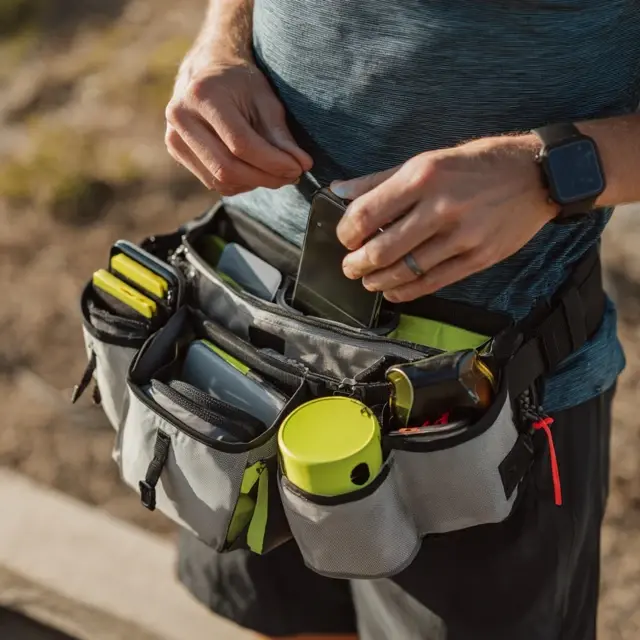Tips for Choosing a Running Belt for Marathon Training
Marathon training demands preparation, endurance, and the right gear. One item that can make or break your long runs is a running belt. Designed to carry essentials like gels, hydration, and your phone, the right belt supports performance and prevents distractions. Here are expert tips to help you choose a running belt tailored for marathon training.
Why Marathon Runners Need a Running Belt
Unlike shorter runs, marathon training sessions often last hours. Carrying fuel, fluids, and safety items is non-negotiable. A well-chosen running belt ensures:
- Hands-free convenience – Keep essentials secure without relying on pockets.
- Stability – Reduce bounce and shifting during long miles.
- Fueling efficiency – Access gels and snacks without breaking stride.
Step 1: Prioritize Storage Capacity
Marathon training requires carrying more gear than a casual run. Look for belts with:
- Multiple compartments for gels, keys, and ID.
- Expandable pockets for larger phones or snacks.
- Separation features to keep electronics safe from sticky gels.
Step 2: Consider Hydration Options
Hydration is critical for long runs. Some belts include:
- Bottle holders for carrying small water flasks.
- Compatibility with hydration packs for higher fluid capacity.
- Even weight distribution to prevent shifting when bottles are full.
Step 3: Focus on Fit and Comfort
A marathon lasts hours, so comfort is key. Test belts for:
- A snug but flexible fit that reduces bounce.
- Breathable materials to minimize sweat buildup.
- Flat seams or padding to prevent chafing.
Step 4: Accessibility on the Go
In a marathon, seconds matter. Choose belts with:
- Front-facing loops for quick gel access.
- One-hand zippers for opening pockets mid-run.
- Easy-to-reach hydration slots to refuel without slowing down.
Step 5: Safety Features
Training often happens early in the morning or late evening. A good running belt should include:
- Reflective strips for low-light visibility.
- ID tag holders for emergencies.
- Secure closures to keep valuables protected.
Pro Tips for Marathon Runners
- Test your belt on long training runs before race day.
- Distribute weight evenly across compartments to prevent shifting.
- Avoid overloading—carry only what you truly need.
Conclusion
Choosing the right running belt for marathon training is about finding the balance between storage, comfort, and accessibility. By selecting a belt that fits securely, holds your essentials, and supports hydration, you’ll train smarter and race stronger.
For more guidance, check out our marathon fueling tips and long-distance running gear reviews.




